The International Maritime Organization (IMO) has revised the SOLAS Chapter IV requirements for the Global Maritime Distress and Safety System (GMDSS) to reflect advancements in technology and to streamline the requirements for certain areas of operation. This has been published as Resolution MSC.496(105). The IMO has also published guidelines in COMSAR.1/Circ.32/Rev.2 – Harmonisation of GMDSS Requirements for Radio Installations On Board SOLAS Ships. These revised requirements, which will enter into force on January 1, 2024, aim to promote the use of modern communication systems while removing the need for obsolete equipment.
Key Amendments in the 2024 SOLAS GMDSS Requirements:
- The term “Recognized Mobile Satellite Service” (RMSS) has replaced references to Inmarsat coverage.
- The IMO has approved IRIDIUM SATELLITE LLC as another provider of maritime mobile satellite services, besides INMARSAT.
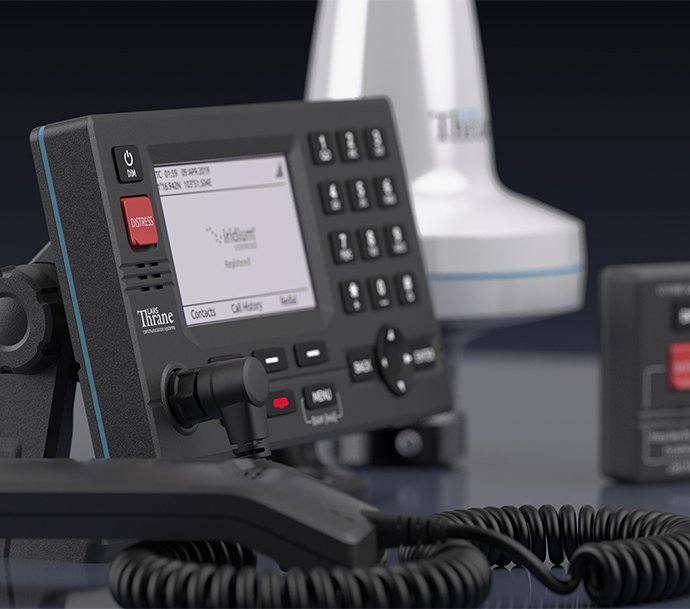
- The definition of “Sea Area A3” has changed, while sea areas A1, A2 and A4 remain the same. Sea Area A3 now means ‘an area outside sea areas A1 and A2, where a recognised mobile satellite service (RMSS) supported by the ship earth station (SES) on board can provide continuous alerting’. Note: Sea Area A3 depends on the type of RMSS SES on board.
- The Cargo Ship Safety Radio Certificate for a ship operating in sea area A3 must show the recognized mobile satellite service in brackets (INMARSAT / IRIDIUM).
- For ships operating in sea areas A3 or A4 direct-printing telegraphy (NBDP) for distress and safety communications is no longer required and can be removed.
- SOLAS Ch-IV Reg. 7.2 and 7.3 now contain the requirements for Radar SART / AIS-SART and two two-way VHF radiotelephone apparatus, which were previously in SOLAS Ch-III, Life-Saving Appliances and Arrangements.
- Sea area A1 requires a satellite EPIRB; VHF-EPIRB is not acceptable anymore.
- The amendments include the updated Safety Radio Certificate Form and Record of Equipment (Form R).
The revised SOLAS GMDSS requirements represent a significant step forward in ensuring the safety and efficiency of maritime communications. By embracing modern communication technologies and streamlining requirements, the updated regulations will foster reliable distress and safety communications for seafarers worldwide. As the maritime industry continues to evolve, the IMO's commitment to enhancing safety standards remains unwavering, ensuring the protection of lives and the integrity of maritime operations.
Refer to:

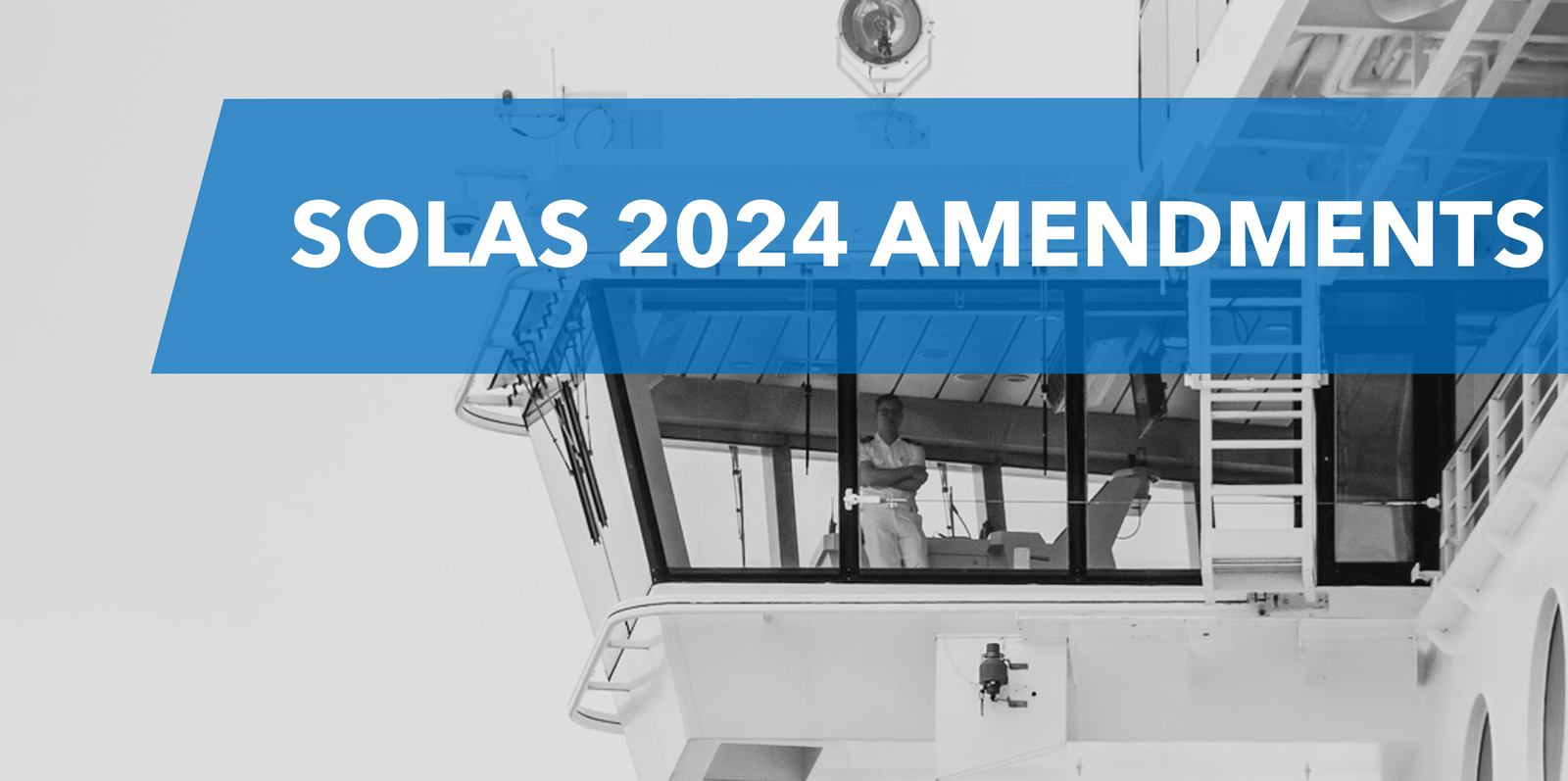

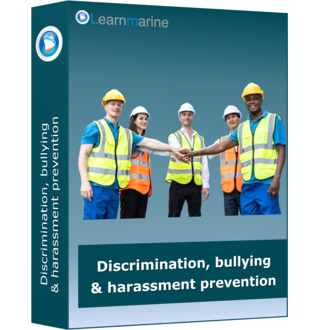
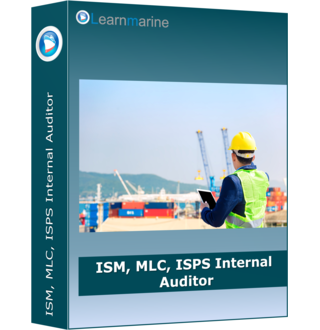
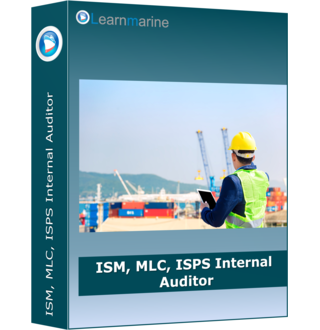
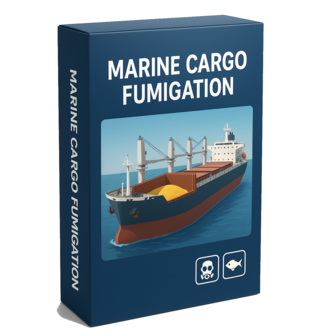

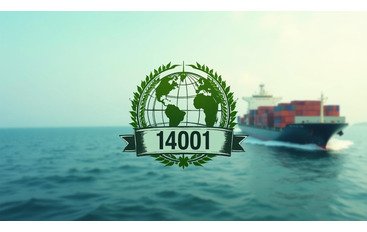
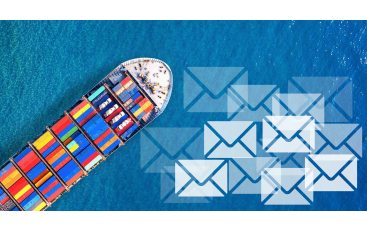
Comments